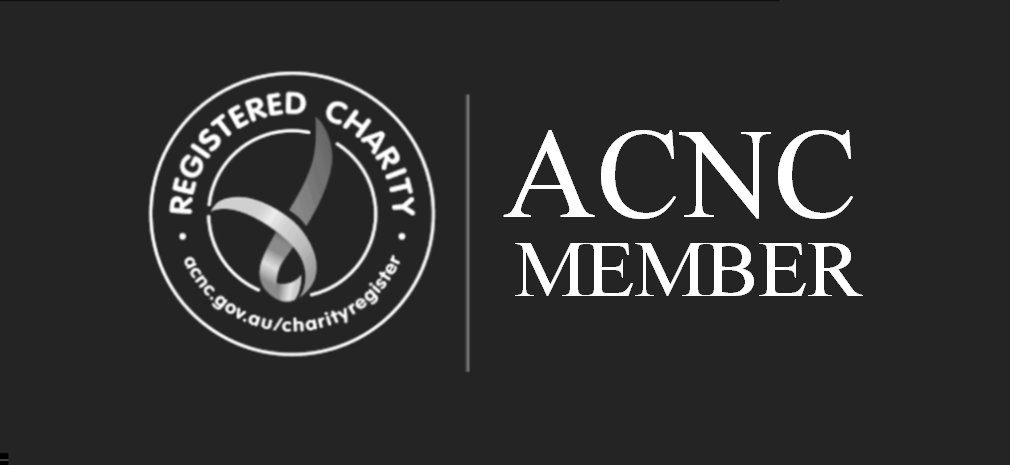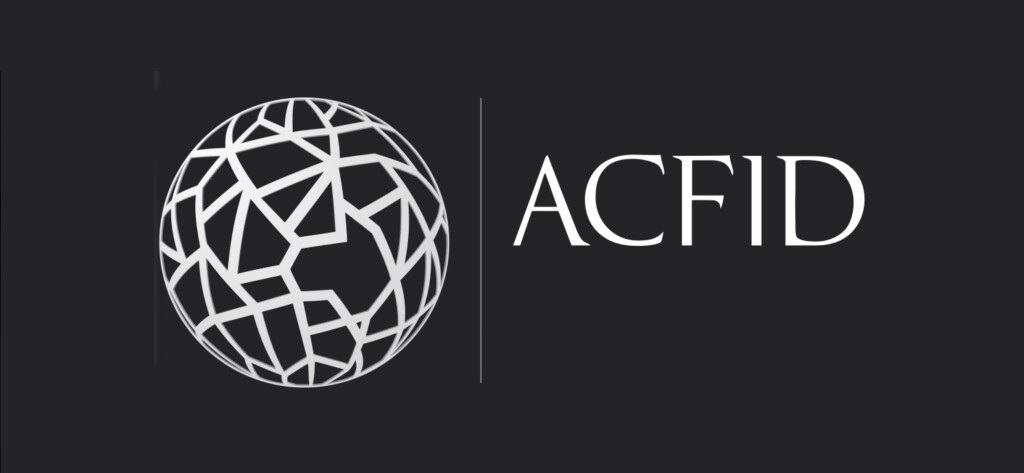Verifier
Development and humanitarian initiatives consistently show evidence of mutual learning and supporting and building capacity of partners.
Guidance
There will be many variations on how Members show evidence of building the capacity of their partners. It is important that strategies are identified mutually, so that they respond to the priorities of partners. Examples might include providing training, mentoring, engagement in communities of practice, support to develop policies or systems, support for new innovations, or financial support.
Download and read ACFID’s Collaboration guidance note from the resources section below for some guidance on the different forms that collaboration may take. You may also wish to download and read ACFID’s guide to developing and managing partnerships for some practical tools and guidance to use in identifying and working with partners, and the different lifecycle stages of a partnership



